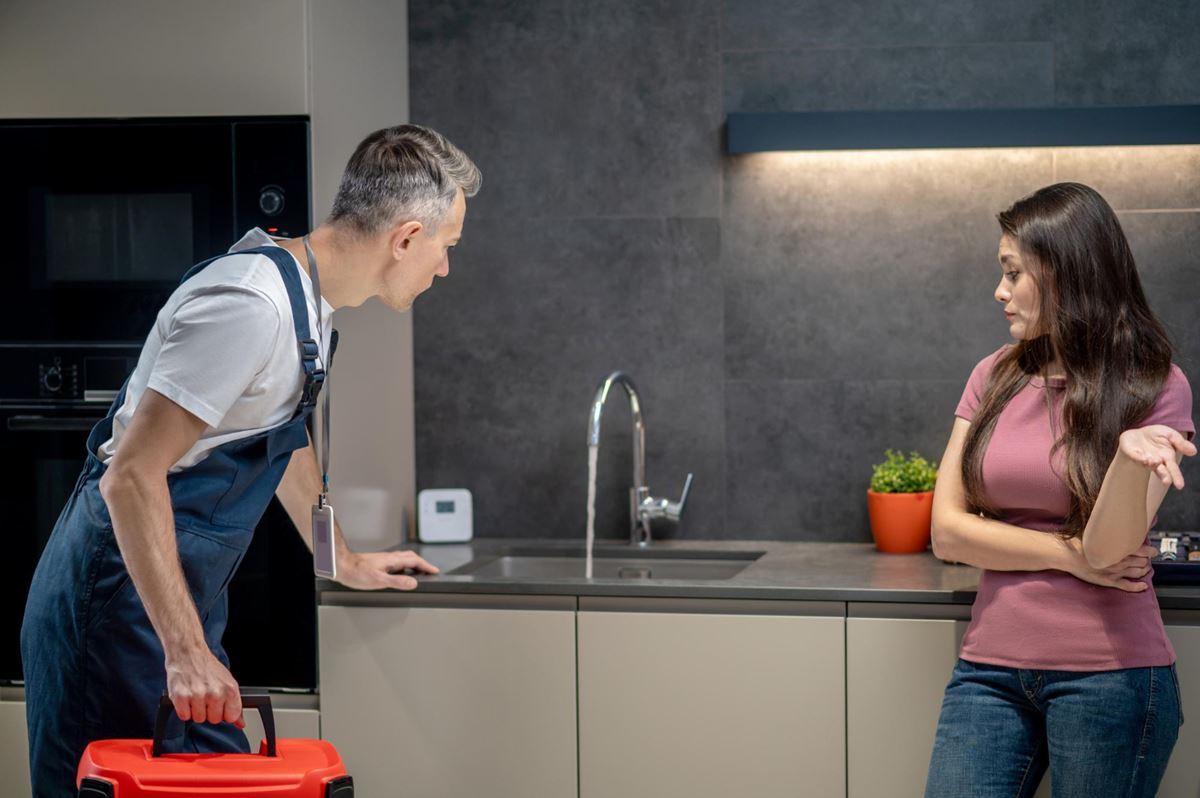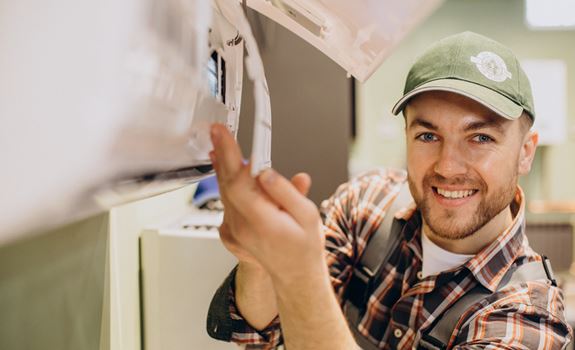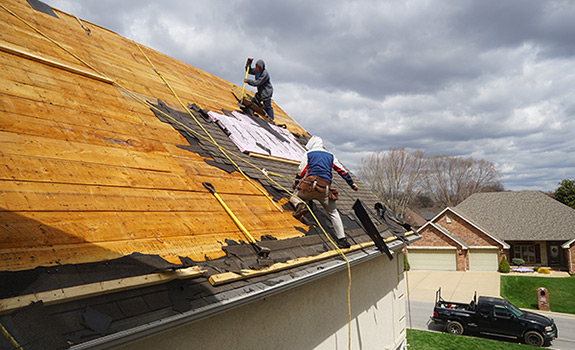Leakages in homes are common predicaments that can lead to disruptive consequences. Unattended home leaks can cause extensive damage, ranging from structural decay to a rise in your utility bills. Moreover, they can also pose serious health and safety hazards, such as mould growth and electrical issues. Hence, detecting and promptly addressing leaks is paramount to maintaining a safe and comfortable living environment.
This article aims to provide a comprehensive guide to identifying home leaks and suggests some practical tips and tricks to help. With a bit of diligence and the right knowledge, it’s entirely possible to spot potential issues before they balloon into costly repairs.

Understanding the Different Types of Home Leaks
Let’s first unpack the common types of home leaks. Plumbing leaks, prevalent in homes, stem from eroded or improperly installed pipes. They can occur anywhere, from your bathroom fixtures to under-sink pipes, and lead to waste of water and damage to your home’s structure. Roof leaks are another common occurrence, usually the result of aged roofing materials or incorrect installation. During heavy rains, water may seep into your home, causing damage to your ceilings, walls and possessions.
Basement leaks, primarily caused by foundation cracks or a faulty sump pump, can lead to significant structural trouble if not addressed promptly. Notably, homes with HVAC systems are also susceptible to leaks, stemming from condensed air in cooling units. Regardless of their type, these leaks can lead to substantial financial and structural burdens if left unchecked.
The Common Signs of Home Leaks
A sudden surge in your water bill without any obvious reasons like increased usage might indicate a home leak. Likewise, pervasive mould and mildew growth, particularly in unexpected places, is a reliable sign of a hidden leak. A noticeable drop in water pressure could also suggest a potential leak, as it usually means water is escaping somewhere it shouldn’t. Lastly, if you spot unexplained wet spots or water stains on walls, floors or ceilings, you’re likely dealing with a leak.
Essential Tools for Detecting Home Leaks
There are several tools widely used to detect home leaks. Moisture detectors, sensitive to changes in humidity, can detect dampness in areas that may not be visible to the naked eye. Thermal imaging cameras provide a visual representation of temperature differentials, showing cooler ‘wet’ areas in a warm ‘dry’ room. In hidden areas like walls or behind appliances, professionals use audio detectors to identify the sound of running water. Dye tablets dropped in toilet tanks can also be handy, turning the water color if a leak is present.
DIY Tips for Identifying Common Leaks
To check for toilet leaks, place a few drops of food colouring in the upper tank and observe for colour seeping into the bowl, indicating a leak. To identify faucet leaks, inspect for water dripping when the tap is off, cross-checking all faucets in the house. Showerhead leaks can also be identified by checking for dripping water when the shower is off. For garden hose leaks, inspect the hose while it’s running, looking for water escaping anywhere other than the nozzle.
When to Seek Professional Help
Despite your best DIY efforts, some leaks may prove elusive or complex. More severe leaks, for instance, may require sophisticated equipment or precise techniques only a plumber can offer. When dealing with extensive water damage, sudden drops in pressure, or persistent mildew growth, it’s prudent to engage professional plumbing services. Moreover, choosing the right professional can assure effective resolution and potentially save considerable money in the long run by preventing cumulative damage and repeat issues.
Staying vigilant for signs of home leaks and understanding how to identify them can save time, money, and inconvenience. However, it’s equally critical to acknowledge when a job may be beyond your abilities. For more severe leaks, you will need to call a plumber. Regular checks, early identification, and prompt repair of leaks ensure that your abode remains a safe and welcoming place to live. Recognising the perils of unchecked leaks and the importance of early detection is a crucial step towards prudent homeownership. Taking precautionary measures today can spare you a world of trouble tomorrow.
Published in: Home advice | Author: Yanita










